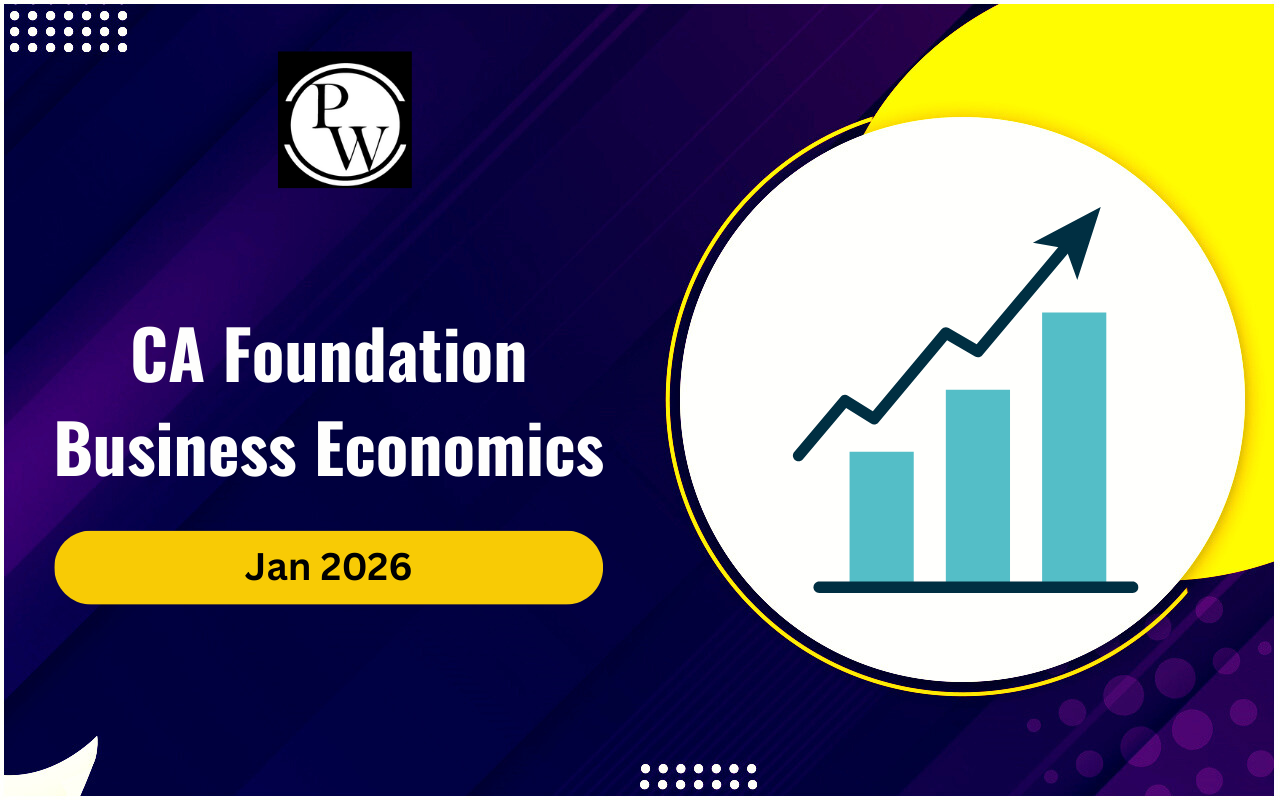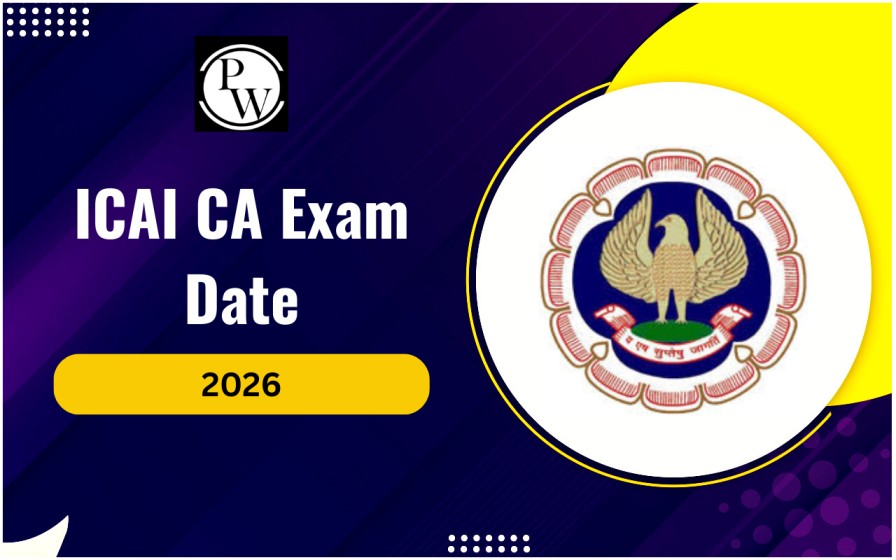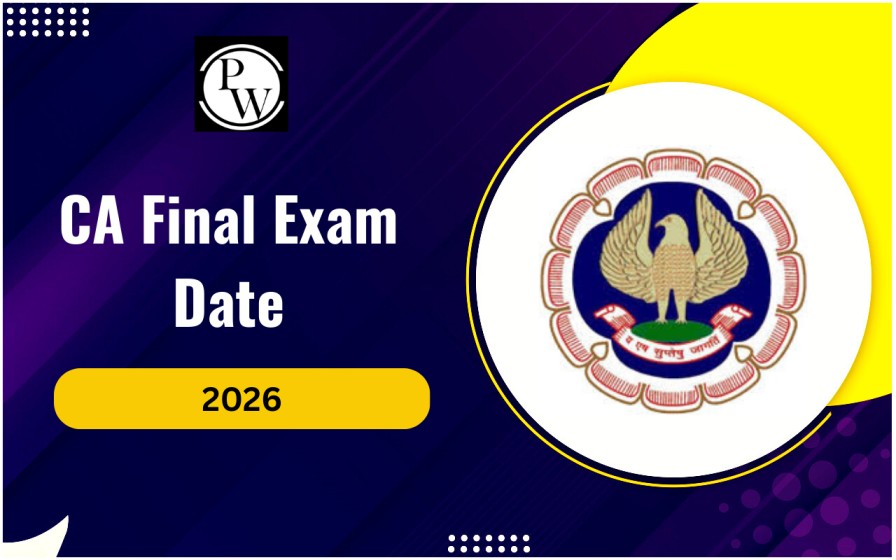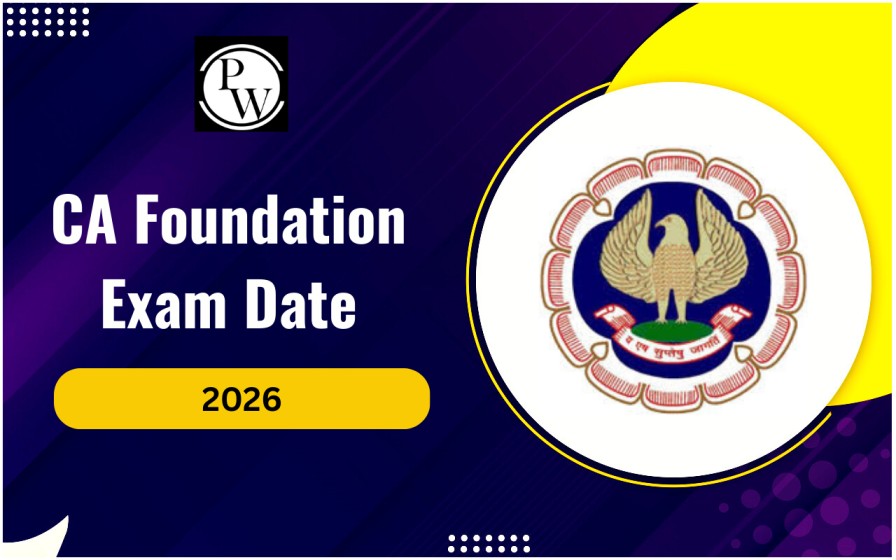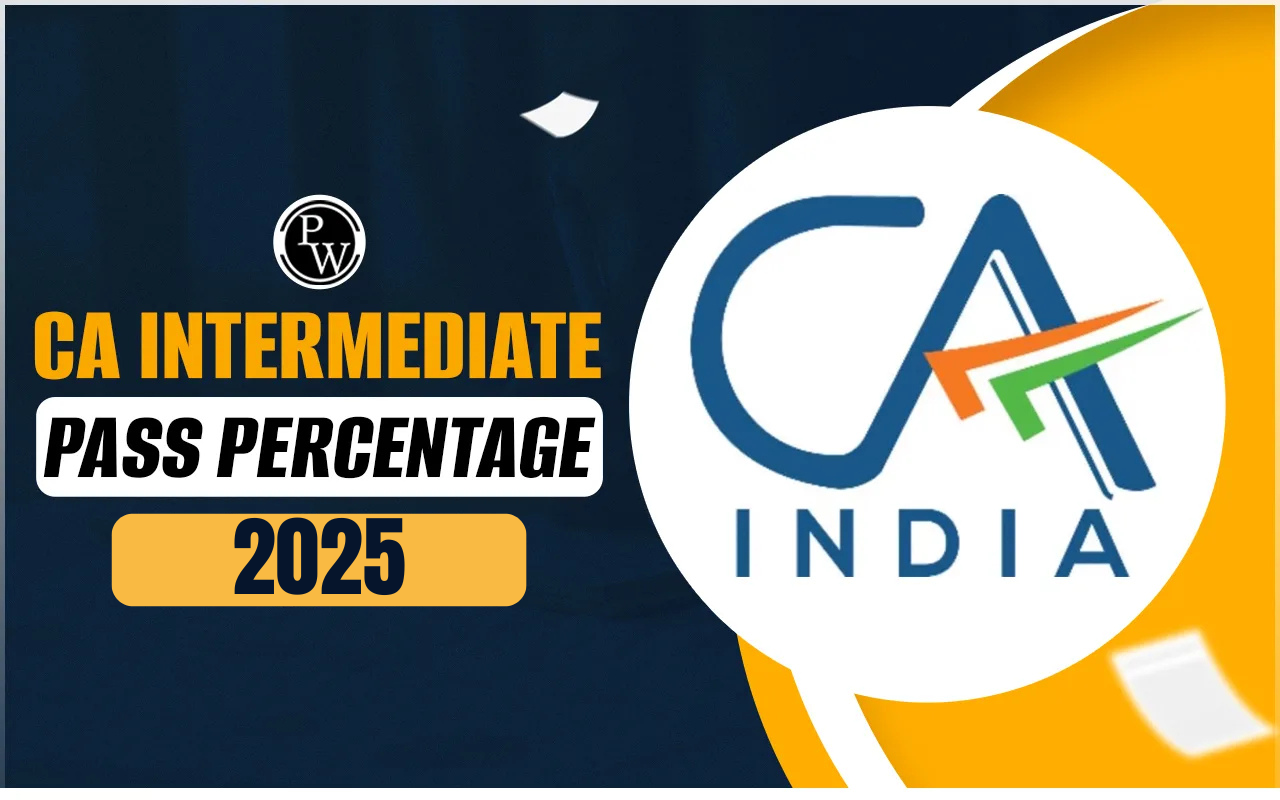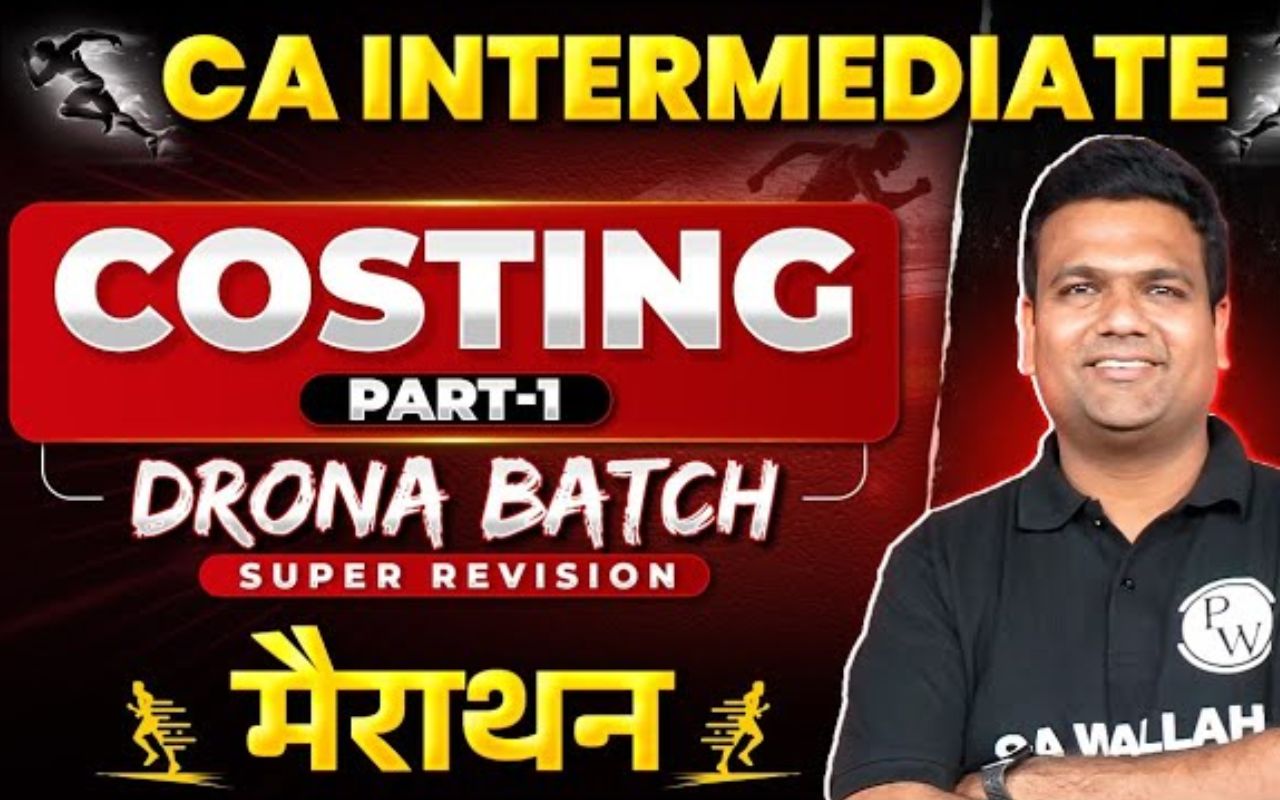
Kaizen costing focuses on reducing costs during production, taking place after the product design phase. This approach includes techniques like involving suppliers, redesigning products, and managing waste. These cost reductions allow sellers to offer lower prices.
In Japanese culture, 'kaizen' means continuous improvement, encouraging employees to make small, incremental changes that enhance efficiency and save money, rather than large changes that might cause issues. Kaizen costing can be applied in two ways: for manufacturing products and for maintaining organizational assets. CA aspirants should understand Kaizen cost reduction as it's essential for CA Exam success. This article will help you learn about the objectives of Kaizen costing, its application, and how to evaluate its effectiveness.What is Kaizen Costing?
Kaizen costing is a manufacturing approach aimed at continuous improvement and cost reduction. It involves identifying and eliminating waste in the production process, optimizing productivity, and reducing expenses to enhance efficiency and increase profitability.Principles of Kaizen Costing
Kaizen costing, derived from the Japanese term for "continuous improvement," is a method of managing costs by consistently identifying and reducing expenses within business operations. It focuses on making ongoing improvements to processes, products, and systems while also saving money. Key Principles of Kaizen Costing:- Continuous Improvement: Kaizen costing promotes continuous, incremental enhancements across all aspects of operations. This philosophy encourages employees at every level to actively seek ways to improve efficiency, quality, and productivity.
- Cost Reduction through Incremental Changes: Rather than large-scale overhauls, Kaizen costing emphasizes achieving cost savings through small, manageable improvements. This approach minimizes resistance to change and optimizes resource use, leading to sustainable cost reductions over time.
- Employee Engagement and Empowerment: Acknowledging the importance of involving employees in improvement efforts, Kaizen costing empowers them to contribute ideas and efforts toward organizational goals. This engagement fosters innovation and commitment.
- Data-Driven Decision Making: Kaizen costing relies on data and performance metrics to guide decision-making. By analyzing data, organizations can pinpoint inefficiencies, track progress, and justify investments in improvement projects.
- Standardization and Long-Term Sustainability: To maintain gains achieved through improvements, Kaizen costing emphasizes standardizing processes and practices. This ensures consistent performance, reduces variability, and embeds improvements into daily operations.
- Customer Focus and Quality Enhancement: By prioritizing customer needs and enhancing product or service quality, Kaizen costing aims to boost customer satisfaction, minimize defects, and enhance the organization's reputation.
Also Read: Securities Laws and Regulations and Its Impact
Features of Kaizen Costing
The following are the features of Kaizen Costing for better understanding:Continuous Improvement Culture
Kaizen costing fosters a culture where every level of the organization, from frontline workers to senior management, strives for continuous improvement. Employees are encouraged to seek small, incremental improvements in processes, products, and systems. This culture is promoted through open communication, empowering employees to suggest and implement improvements, and providing training in Kaizen principles and problem-solving techniques. Example: Regular Kaizen events where teams brainstorm and implement improvement ideas reinforce a culture of continuous improvement and innovation.Focus on Small, Incremental Changes
Kaizen costing prioritizes small, manageable improvements over large, disruptive changes. This approach reduces resistance to change and minimizes disruptions to ongoing operations. Teams identify specific areas for improvement, set achievable goals, and implement changes using PDCA (Plan-Do-Check-Act) cycles or other problem-solving methods. Example: Standardizing work procedures, improving workplace ergonomics, or making small adjustments to supply chain logistics are typical incremental changes in Kaizen costing.Empowerment of Employees
Kaizen costing encourages employees to actively participate in the improvement process. Empowered employees are more engaged and motivated to contribute their ideas and efforts toward organizational goals. Organizations provide training and resources to help employees identify waste, suggest improvements, and participate in Kaizen activities. Leadership supports and recognizes employee contributions, fostering a sense of ownership and accountability. Example: Cross-functional Kaizen teams, regular feedback mechanisms, and recognition programs for successful Kaizen initiatives empower employees to drive positive change.Data-Driven Decision Making
Kaizen costing relies on data and performance metrics to guide decision-making and measure the impact of improvement initiatives. By collecting and analyzing data, organizations can identify root causes of inefficiencies, track progress, and justify investments in improvement projects. Establishing key performance indicators (KPIs), conducting process audits, using statistical tools for data analysis, and implementing visual management systems help organizations make informed decisions. Example: Using Pareto analysis to prioritize improvement opportunities, conducting time studies to identify bottlenecks, or implementing Kaizen boards to visualize project status and outcomes are data-driven approaches in Kaizen costing.Holistic Approach to Cost Management
Kaizen costing integrates cost reduction initiatives with overall business objectives, aiming for sustainable cost reductions while maintaining or improving product quality, customer satisfaction, and employee morale. Organizations align Kaizen costing initiatives with strategic priorities, involve cross-functional teams in cost-saving projects, and continuously evaluate the financial impact of improvements. Example: Implementing lean manufacturing principles to reduce waste, optimizing inventory levels to minimize carrying costs, or redesigning processes to improve efficiency and reduce operational expenses exemplify the holistic approach to cost management in Kaizen costing.Types of Kaizen Costing
Kaizen costing is a method focused on continual process improvement to enhance efficiency and reduce costs. It involves identifying and eliminating waste to optimize operations. By consistently refining processes, businesses can produce higher quality products and achieve cost savings. There are two main approaches to Kaizen costing:Asset-Oriented or Organization-Oriented:
This approach helps businesses cut expenses by improving asset utilization. It identifies inefficiencies in processes and takes steps to maximize asset usage. For instance, if a machine is currently used only 60% of the time, Kaizen costing can suggest ways to increase its usage to 80%, resulting in significant cost reductions.Product-Oriented:
Product-oriented Kaizen costing focuses on reducing the costs associated with producing specific products. It examines all aspects of production, such as materials, labor, and overhead, to minimize waste and inefficiencies. By optimizing processes, businesses can lower production costs while maintaining product quality. For example, finding ways to reduce material usage without compromising product quality. Both approaches complement each other to achieve comprehensive cost reductions. Standard Kaizen involves ongoing improvements across processes and systems to enhance productivity and quality. Value Stream Mapping (VSM), Total Productive Maintenance (TPM), and Just-In-Time (JIT) are additional techniques that integrate Kaizen principles to streamline operations and minimize costs.5S of Kaizen Costing
The Kaizen Costing 5S method is a systematic approach to improving efficiency and reducing costs in the workplace, originating from Japan and now recognized globally.Seiri (Sort):
The first step involves sorting through items in the workspace to separate necessary items from unnecessary ones. By removing clutter and unnecessary items, productivity and profitability can increase.Seiton (Set in Order):
Next, "Set in Order" arranges necessary items in a structured way. This step categorizes and labels items for easy access, saving time and reducing errors.Seiso (Shine):
"Shine" focuses on maintaining cleanliness in the workplace by regularly cleaning machinery, equipment, and workstations. A clean environment promotes safety and efficiency.Seiketsu (Standardize):
"Standardize" establishes standardized procedures for maintaining the first three S's. This step ensures consistency in organizing, cleaning, and maintaining the workspace.Shitsuke (Sustain):
The final step involves "Sustain," integrating the 5S method into the organizational culture. This fosters a culture of continuous improvement and personal responsibility, ensuring long-term success through employee training and performance metrics.Process of Kaizen Costing
Kaizen costing is a dynamic approach to managing costs and improving efficiency within organizations, rooted in the Japanese principle of continuous improvement. Here’s a streamlined overview of its implementation process:- Identifying Opportunities: Analyze current processes across departments like manufacturing, administration, and supply chain to pinpoint areas ripe for cost reduction and efficiency gains.
- Forming Kaizen Teams: Create cross-functional teams comprising experts from relevant areas to drive and implement improvement initiatives effectively.
- Setting Objectives: Define specific, measurable goals for each project, ensuring they are achievable within a reasonable timeframe.
- Collecting and Analyzing Data: Utilize tools such as process mapping and statistical analysis to gather data on key metrics like production costs and cycle times.
- Brainstorming and Idea Generation: Foster a collaborative environment where team members can brainstorm and propose innovative ideas for process improvement and cost reduction.
- Evaluating Ideas: Assess each idea’s feasibility and potential impact on cost reduction, prioritizing those with the highest potential benefits.
- Implementing Changes: Roll out selected initiatives, which may involve process redesign, workflow adjustments, or upgrades in equipment, ensuring thorough training and communication with employees.
- Monitoring Progress: Continuously track performance using KPIs to gauge the effectiveness of implemented changes against set objectives.
- Feedback and Adaptation: Gather feedback from stakeholders and employees to refine initiatives based on real-world outcomes and evolving needs.
- Documentation: Maintain detailed records of all initiatives, documenting processes, outcomes, and lessons learned to inform future improvement efforts.
- Recognition and Communication: Acknowledge and reward teams for their contributions and share successful outcomes across the organization to foster a culture of continuous improvement.
- Iterate and Repeat: Kaizen is cyclical; once a cycle is complete, restart the process by identifying new areas for improvement and initiating fresh initiatives.
| Also Check | |
| Behavioural Finance | Tax Treaties and Double Taxation |
| International Financial Management | Competition Law |
| Labor Laws in India | Dividend Policy |
Kaizen Costing FAQs
What is Kaizen costing?
Kaizen costing is a method focused on continuous improvement and cost reduction within organizations. It involves identifying and eliminating waste, optimizing productivity, and enhancing efficiency to achieve sustainable cost savings.
What are the principles of Kaizen costing?
Kaizen costing principles include continuous improvement through small, incremental changes, employee empowerment and engagement, data-driven decision making, standardization for long-term sustainability, and a focus on enhancing customer satisfaction and product quality.
How does Kaizen costing differ from traditional cost reduction methods?
Unlike traditional methods that often involve large-scale overhauls and cost-cutting measures, Kaizen costing emphasizes gradual improvements and involves employees at all levels in identifying and implementing changes. It aims for sustainable cost reductions while maintaining or improving quality.
What are the benefits of implementing Kaizen costing?
Benefits include increased operational efficiency, reduced waste and costs, enhanced product quality, improved employee morale and engagement, and a culture of continuous improvement. It helps organizations adapt quickly to changes and remain competitive in their industries.
How can Kaizen costing be applied in different industries?
Kaizen costing can be applied across various sectors such as manufacturing, services, healthcare, and retail. It focuses on streamlining processes, optimizing resource utilization, improving customer service, and reducing lead times. Each industry can customize Kaizen principles to suit its specific needs and challenges.
🔥 Trending Blogs
Talk to a counsellorHave doubts? Our support team will be happy to assist you!

Free Learning Resources
PW Books
Notes (Class 10-12)
PW Study Materials
Notes (Class 6-9)
Ncert Solutions
Govt Exams
Class 6th to 12th Online Courses
Govt Job Exams Courses
UPSC Coaching
Defence Exam Coaching
Gate Exam Coaching
Other Exams
Know about Physics Wallah
Physics Wallah is an Indian edtech platform that provides accessible & comprehensive learning experiences to students from Class 6th to postgraduate level. We also provide extensive NCERT solutions, sample paper, NEET, JEE Mains, BITSAT previous year papers & more such resources to students. Physics Wallah also caters to over 3.5 million registered students and over 78 lakh+ Youtube subscribers with 4.8 rating on its app.
We Stand Out because
We provide students with intensive courses with India’s qualified & experienced faculties & mentors. PW strives to make the learning experience comprehensive and accessible for students of all sections of society. We believe in empowering every single student who couldn't dream of a good career in engineering and medical field earlier.
Our Key Focus Areas
Physics Wallah's main focus is to make the learning experience as economical as possible for all students. With our affordable courses like Lakshya, Udaan and Arjuna and many others, we have been able to provide a platform for lakhs of aspirants. From providing Chemistry, Maths, Physics formula to giving e-books of eminent authors like RD Sharma, RS Aggarwal and Lakhmir Singh, PW focuses on every single student's need for preparation.
What Makes Us Different
Physics Wallah strives to develop a comprehensive pedagogical structure for students, where they get a state-of-the-art learning experience with study material and resources. Apart from catering students preparing for JEE Mains and NEET, PW also provides study material for each state board like Uttar Pradesh, Bihar, and others
Copyright © 2025 Physicswallah Limited All rights reserved.
Get App

